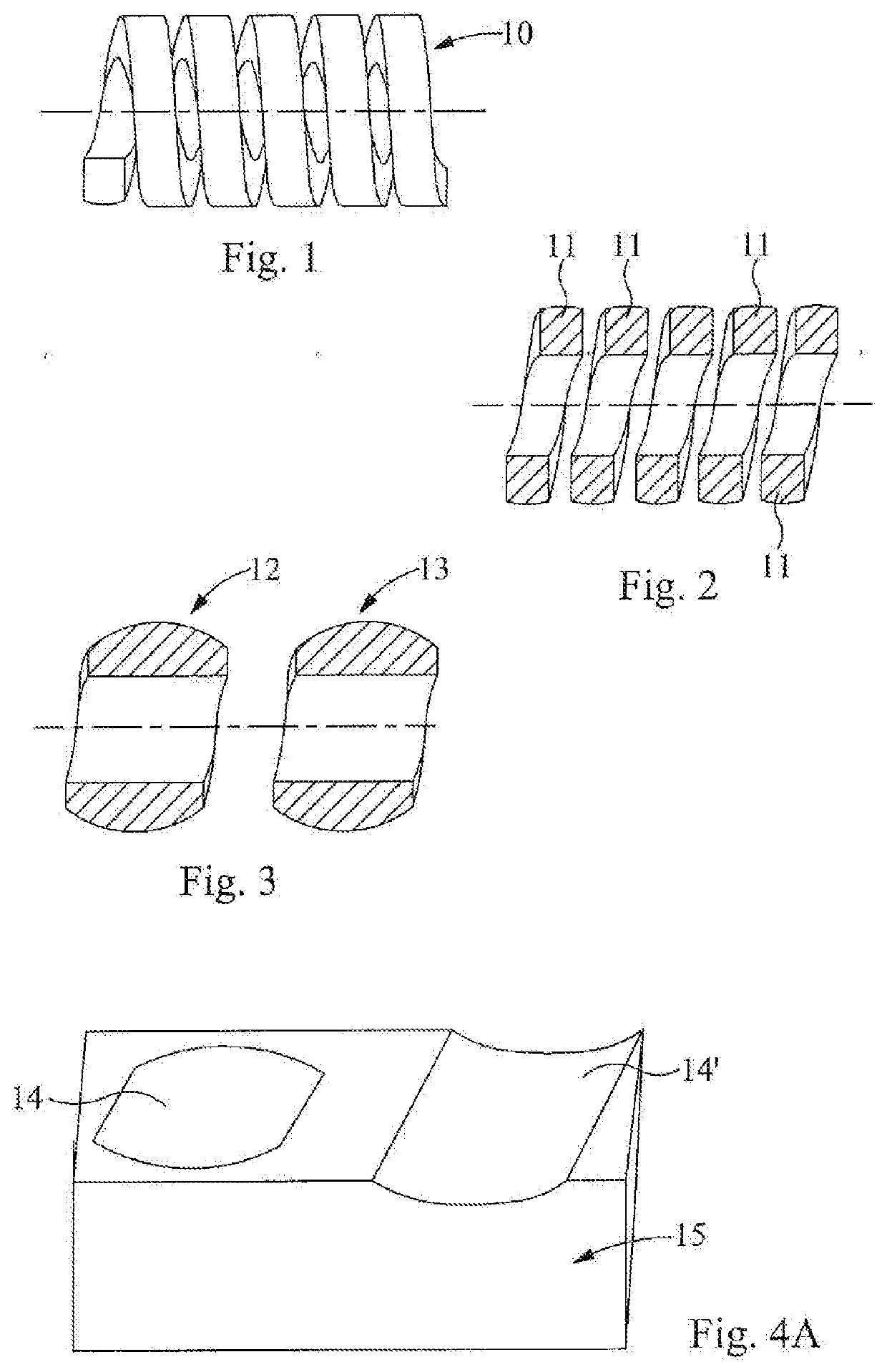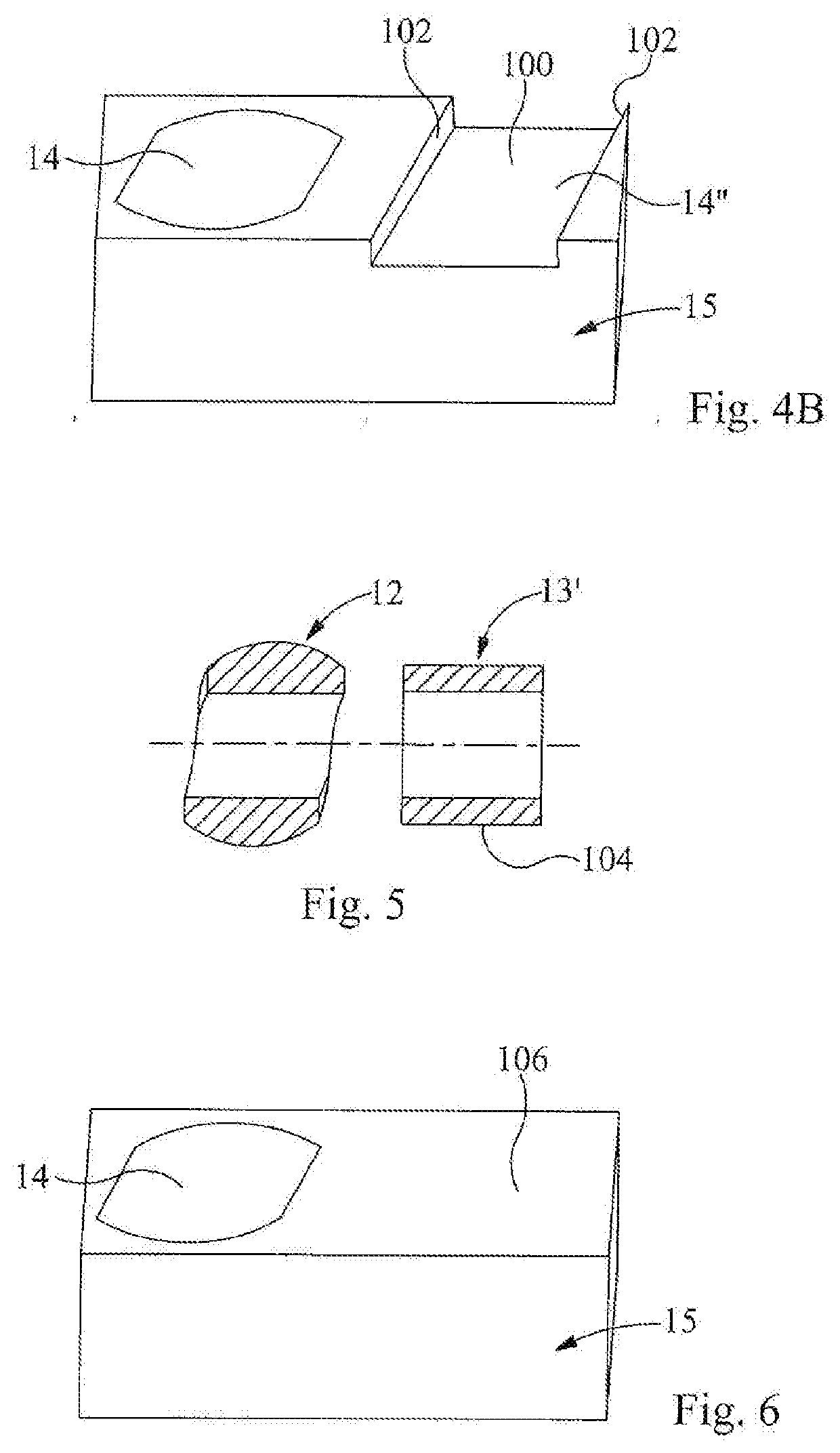Knee Prosthesis
a prosthesis and knee technology, applied in the field of knee prosthesis, can solve the problems of increased plastics wear, pain and morbidity, and inability to reliably reproduce, and achieve the effect of improving wear characteristics
- Summary
- Abstract
- Description
- Claims
- Application Information
AI Technical Summary
Benefits of technology
Problems solved by technology
Method used
Image
Examples
Embodiment Construction
[0086]As will be described in relation to the knee prosthesis shown in the accompanying Figures, embodiments of the present invention generally relate to the shaping of at least one of the medial and lateral condyles and the engagement with a corresponding bearing surface of the tibial component, for example in the manner of a screw-thread and associated corresponding nut engaged therewith. Although it would be possible to provide condyles in the form of the threads cut in the nut, with the threads on the screw being provided by the bearing surfaces, it is preferred, as will be described, that the screw-threads, i.e. the male part of the thread will be defined by the at least one condyle, with the bearing surface being correspondingly grooved in the nature of the threads cut in the nut. By this means, as will be more fully explained below, lateral translation of the femoral component can be realised without requiring a mobile bearing component to accommodate antero-posterior movemen...
PUM
 Login to View More
Login to View More Abstract
Description
Claims
Application Information
 Login to View More
Login to View More - R&D
- Intellectual Property
- Life Sciences
- Materials
- Tech Scout
- Unparalleled Data Quality
- Higher Quality Content
- 60% Fewer Hallucinations
Browse by: Latest US Patents, China's latest patents, Technical Efficacy Thesaurus, Application Domain, Technology Topic, Popular Technical Reports.
© 2025 PatSnap. All rights reserved.Legal|Privacy policy|Modern Slavery Act Transparency Statement|Sitemap|About US| Contact US: help@patsnap.com



